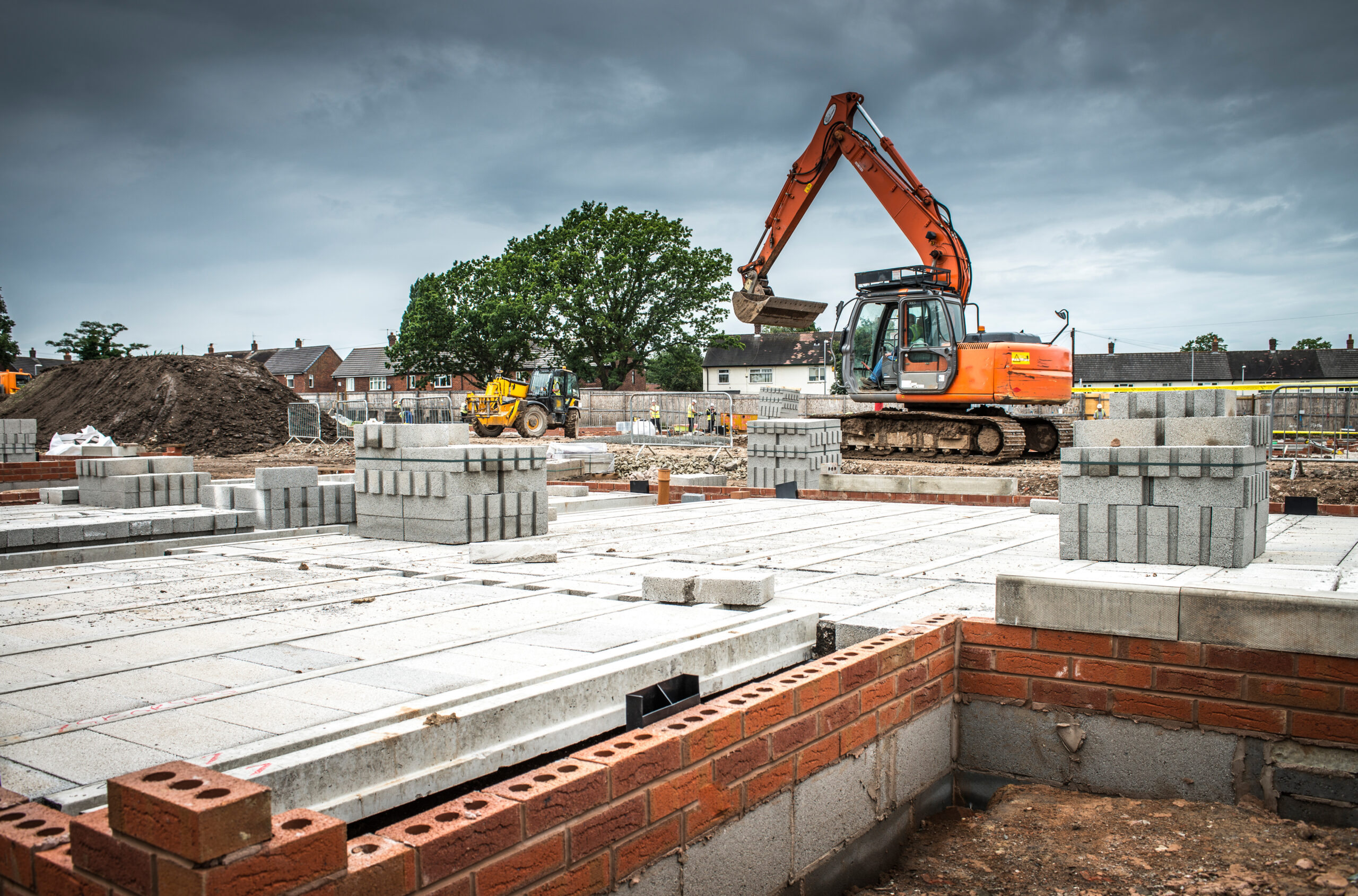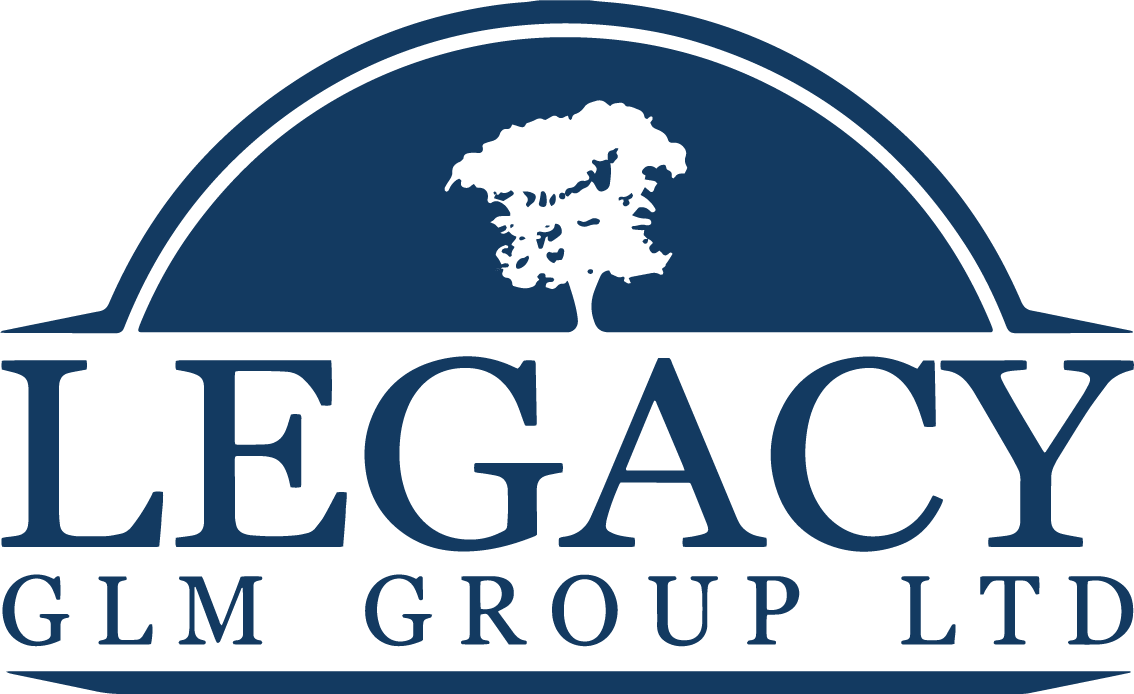
Keeping a commercial building in good shape isn’t just about fixing things when they break. There’s a long list of rules and standards that owners and managers need to follow to stay on the right side of the law. From fire safety checks to elevator inspections, missing something can lead to fines, or worse. This guide breaks down what you need to know about commercial building maintenance regulations and how to stay compliant without getting overwhelmed. Whether you’re new to property management or just want a quick refresher, this article covers the basics in plain language you can actually use.
Understanding the Legal Framework for Commercial Buildings
Every commercial property must follow certain rules. These rules come from different levels of government, federal, state, and local. Each one plays a role in shaping how buildings should be kept up over time. At the federal level, agencies like OSHA and the EPA set some of the bigger safety and environmental standards. For example, OSHA outlines what employers must do to keep workers safe inside buildings. The EPA focuses on things like waste handling or air quality systems that affect public health.
Then there’s the state side. State governments often add their own requirements on top of federal ones. These can include energy codes or plumbing regulations specific to your region. Some states also control how often inspections need to happen for elevators, fire alarms, or heating systems. Local governments usually get more detailed. City or county building departments create zoning rules and maintenance expectations that apply based on location type or neighborhood use. They may require regular checks for fire exits, sprinkler setups, or roof drainage systems depending on where your building is located.
All these laws connect with commercial building maintenance regulations, which guide how owners manage upkeep activities, from routine repairs to system upgrades. Following these helps prevent penalties but also keeps tenants safe and operations running without trouble. Failing to meet even one requirement could lead to fines or shutdowns during inspections. That’s why it’s important for building managers to stay current with any changes in codes at all three levels: national, regional, and municipal.
It also helps to build a checklist tied directly to your area’s laws so nothing gets missed during monthly reviews or annual updates. Working with inspectors early instead of waiting until after a complaint can make it easier too. Building owners who understand this legal structure find it easier to plan budgets around required services while avoiding last-minute surprises from code enforcement visits or audit notices.

The Role of Commercial Building Maintenance Regulations
Rules around building upkeep play a big part in how commercial spaces run every day. These rules affect everything from when equipment gets checked to how often systems get cleaned or fixed. Following them keeps the place working without problems and helps avoid sudden breakdowns that can cost a lot of money.
Commercial building maintenance regulations also shape safety steps. They tell property owners what needs to be inspected, how often safety gear should be tested, and who should carry out repairs. For example, fire alarms, sprinkler systems, elevators, and HVAC units all have timelines for checks under these rules. If a business skips those steps, it risks putting people at risk or facing fines during inspections. These standards don’t just focus on safety – they also help keep the property’s value steady over time. When equipment runs well and the structure stays in good shape, the whole building holds its worth better. That matters when trying to lease space or sell down the line. Buildings that fall behind on required fixes or cleaning tend to wear out faster and attract fewer tenants.
Rules also guide who is responsible for what, whether it’s building managers handling daily tasks or outside teams doing yearly reviews. This clear split helps avoid confusion when there’s an issue that needs quick attention. Keeping up with changing laws is another part of staying compliant. Local governments may update codes based on new tech or recent events like natural disasters. Property teams need to stay current so they don’t miss updates that could affect their schedules or budgets.
When businesses stick to these guidelines, they reduce downtime and lower repair costs over time. That means smoother operations for staff and fewer complaints from tenants using the space every day.
Compliance Best Practices for Property Managers
Property managers handle many tasks. One of the most important is staying on top of rules tied to commercial building maintenance regulations. These rules can change depending on where the property is located, so it’s key to stay informed and ready. Start with regular checks. Walkthroughs help spot problems early. Check exits, lighting, fire alarms, and HVAC systems often. Make sure everything works as expected and meets local codes. If you find an issue, fix it right away or schedule repairs promptly.
Keep records of all inspections and repairs. Use a simple tracking system that logs dates, issues found, actions taken, and who handled them. This helps show proof if regulators ask for documentation later. Train your team on safety steps and code updates. Everyone should know what’s required by law, not just you. Hold short meetings when there’s a rule change or when new equipment gets installed.
Work closely with licensed contractors for systems like elevators or sprinklers. These areas usually have stricter rules that need expert handling. Ask vendors to provide service reports after every visit so you can file them easily. Don’t forget about permits either, some upgrades require approval before starting any job. Always double-check what’s needed before beginning construction or major changes inside the building.
Set reminders for recurring tasks like pest control visits or boiler checks. Many compliance slips happen simply because someone forgot a deadline, or didn’t know there was one in the first place. Lastly, talk with other property managers whenever possible. Sharing tips or mistakes can help everyone avoid trouble down the road, and stay aligned with commercial building maintenance regulations more easily over time.
Staying organised takes effort but pays off when inspections come around or tenants raise concerns about safety or function inside the space they rent from you each day.

Staying Ahead
Rules change. Standards shift. What worked last year might not meet today’s checklist. For teams handling commercial spaces, this means keeping up with updates is part of the job. Technology can make that easier. Smart tools like sensors now track things in real time. They check air quality, water pressure, and energy use without needing someone to inspect manually. When something falls outside normal levels, alerts go out right away. That helps fix problems before they grow into bigger issues or cause a violation.
Compliance software also plays a big role. These systems store records, schedule inspections, and log repairs automatically. Some even flag gaps if a required task hasn’t been completed on time. This cuts down on human error and saves hours of paperwork. When commercial building maintenance regulations get updated, which happens often, these platforms adjust quickly too. Many include built-in updates based on local codes or industry standards so your team doesn’t have to hunt for new info every few months.
Using these tools also helps with audits or insurance claims later on because all data is logged and easy to pull up when needed. You don’t have to dig through old folders or email chains trying to prove something got fixed. Regular training helps staff use these systems the right way from the start. It also keeps everyone aware of what’s changing in rules or processes so no one gets caught off guard during an inspection.
Staying current isn’t just about avoiding fines, it’s about keeping operations smooth and reducing surprises that slow things down or cost money later on.
Why Staying Compliant Isn’t Just a Legal Obligation – It’s Smart Business
As we’ve explored, navigating the world of commercial building maintenance regulations doesn’t have to be overwhelming. Understanding the legal framework, recognising the importance of ongoing maintenance rules, and following best practices can help property managers avoid costly penalties and keep operations running smoothly. By staying proactive and informed, you not only ensure compliance but also protect your investment and enhance tenant satisfaction. In today’s fast-evolving regulatory landscape, staying ahead isn’t just about checking boxes, it’s about building smarter, safer spaces that stand the test of time.



